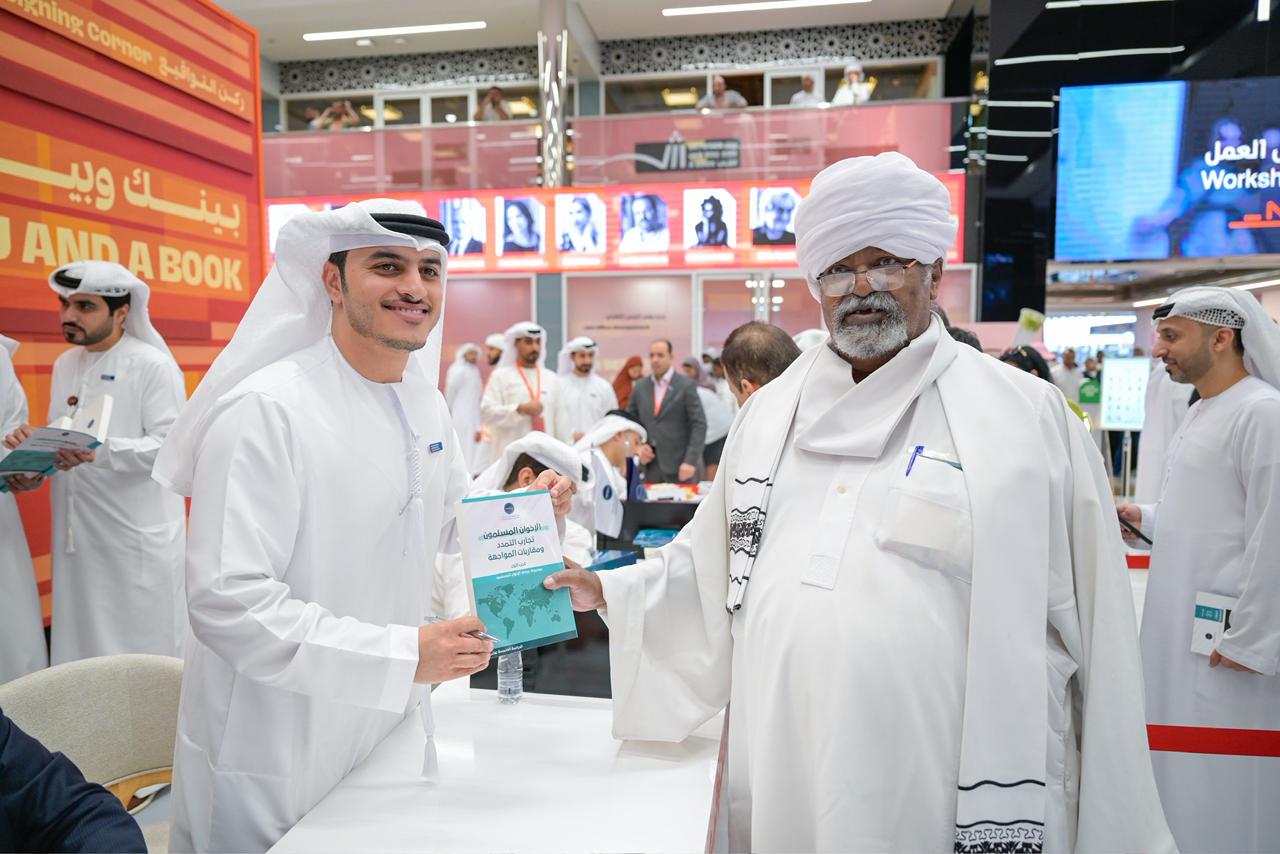-Dr. Mohammed Al-Ali: The book sheds light on Arab and international experiences in dealing with the Muslim Brotherhood
TRENDS Research & Advisory has released the 15th edition of its encyclopedia on the Muslim Brotherhood – The Muslim Brotherhood: Expansion Experiences and Confrontation Approaches. This publication forms part of a comprehensive research project led by TRENDS to analyze the Brotherhood phenomenon through academic approaches that combine historical, political, ideological, and organizational dimensions.
The book reflects TRENDS’ vision in studying political Islam as a complex knowledge and security phenomenon that requires a holistic perspective, connecting local dynamics with global contexts to enhance academic understanding of its trajectories and impacts on regional and international stability.

Arab and International Experiences
Dr. Mohammed Abdullah Al-Ali, CEO of TRENDS Research & Advisory, stated that the book forms part of the TRENDS Encyclopedia on the Muslim Brotherhood. It highlights several Arab and international experiences in dealing with the Muslim Brotherhood, aiming to draw valuable lessons through a comparative study of different countries’ approaches toward the group.
He explained that the book aims to provide an in-depth analysis of the Brotherhood’s expansion and how various countries have addressed it, both within the Arab world and beyond. It sheds light on the phenomenon in its various dimensions and within its internal, regional, and international contexts. The study also examines the intellectual and ideological foundations, as well as the organizational and practical dynamics of the phenomenon, while exploring its future courses amid ongoing developments in the region.
The Group’s Paths
The book presents an in-depth comparative study of several national experiences that have taken diverse forms in dealing with the Muslim Brotherhood. It focuses on six countries: Iraq, Algeria, Tunisia, Malaysia, Morocco, and Canada, with the aim of highlighting the subtle differences and structural similarities in the group’s paths, its degree of penetration into the societies and institutions of these countries, and the varying responses of ruling regimes to its multifaceted presence.

Complex Phenomenon
The book explains that the lessons drawn from the six national experiences confirm that the Brotherhood phenomenon is not just a religious one, but rather a complex phenomenon where elements of ideology, belief, organization, and politics intersect. The comparison reveals that the group demonstrates a remarkable ability to adapt to diverse contexts, but often fails when it transitions from opposition to a position of power.
It notes that the Brotherhood’s structural dilemma lies in its inability to evolve from a proselytizing and protest movement into an institutional political actor capable of state administration. Its rigid hierarchical structure, dual discourse, and tendency to prioritize loyalty over competence all undermine its ability to gain sustainable social trust.
At the state level, the study finds that pragmatic policies combining containment and close monitoring without granting full empowerment are the most effective. Such approaches, when paired with educational, cultural, and media strategies that reinforce a cohesive national identity, can help counter the group’s ideological influence and limit its social reach.

«Brotherhood Religiosity»
The book explains that when the Brotherhood’s form of religiosity entered the Arab world, it encountered other, deeply rooted forms of faith that were shaped by their local environments and cultural contexts. To establish its presence, the Brotherhood sought to penetrate and eventually dominate these existing religious spaces. The most daunting obstacle to the Brotherhood’s version of religiosity was the presence of faith traditions aligned with the concept of the nation-state. This was because the Brotherhood’s interpretation of religion was grounded in the internationalism of its message and its rejection of national boundaries.
In contrast, the Brotherhood benefited from the dominance of Anglo-Saxon secularism in Western countries, which allowed them almost full freedom to strengthen their project and expand their organization. This stood in sharp contrast to the French model of secularism, which restricted Islamist movements from using their traditional tools of mobilization, thereby intensifying the debate over Islam and Islamism in countries such as France and in the Canadian province of Quebec.

Bridging the Research Gap
The book, The Muslim Brotherhood: Expansion Experiences and Confrontation Approaches, represents an academic effort to analyze this phenomenon objectively and without bias, by deconstructing its components in light of different national experiences. It aspires to help bridge a long-standing research gap in Arab and Islamic studies on the group, emphasizing that understanding the Brotherhood is not a matter of academic luxury, but a necessity from intellectual, security, and cultural perspectives. Given the complex challenges the group poses, the book calls on countries and research institutions to build upon this work to develop analytical models and realistic policies that take into account the complexity of the phenomenon without falling into understatement or exaggeration.



